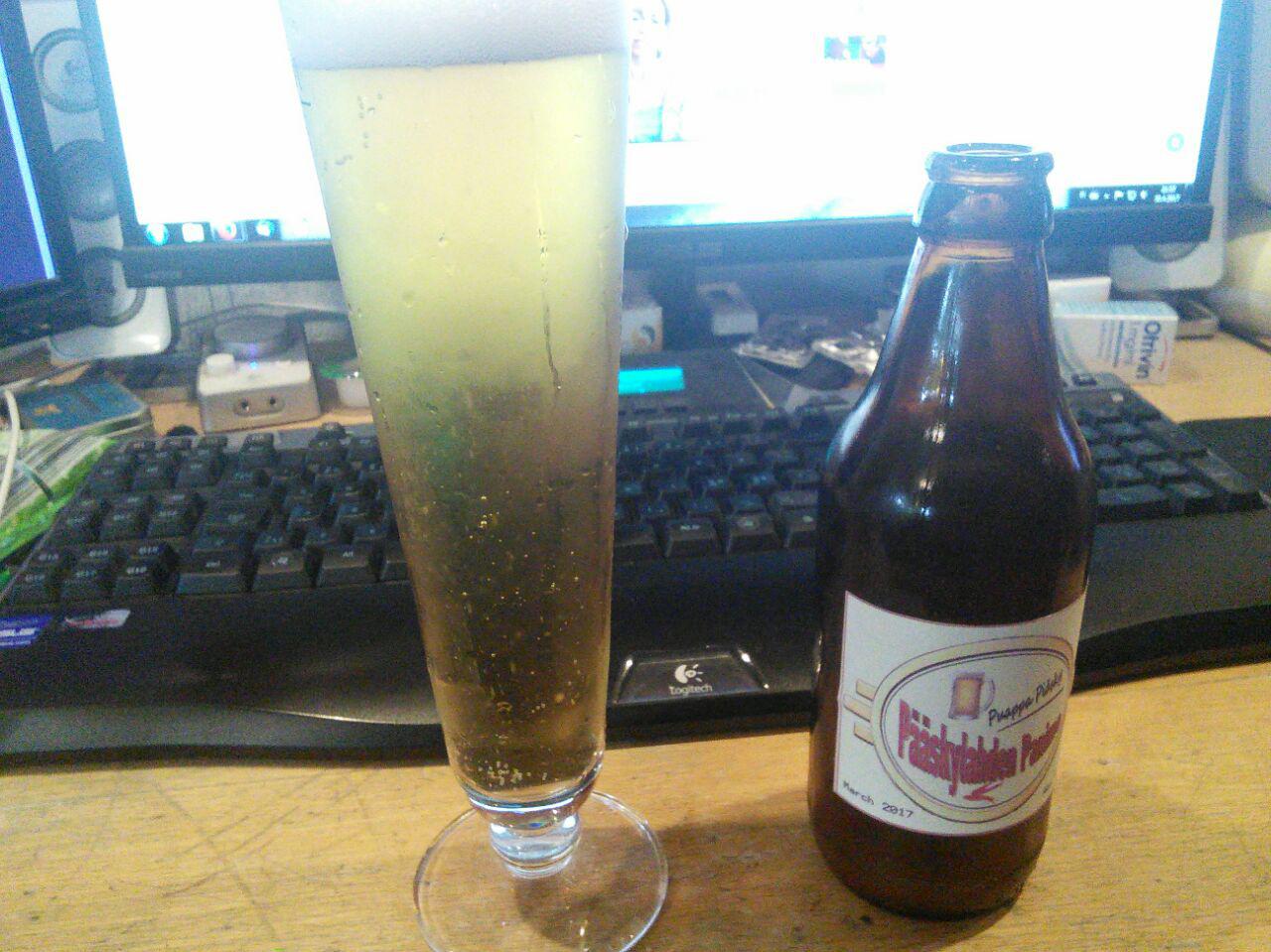Jrblessing1
Well-Known Member
- Joined
- Jul 10, 2016
- Messages
- 58
- Reaction score
- 13
Brewed 2 mr beer kits and brewed 2 partial mash kits. Not impressed almost same flavor which don't taste like beers I like

I thought about BIAB I'd have to upgrade to a bigger pot and get a Burner bout I'm afraid to spend more money at this time
On the second one I used a wirflock tablet and liquid yeast. Both fermented 3 weeks @ 72 degrees

You don't have to start with large batches, try a small batch and see if you like the results. I started with 1 gallon batches! You can use the Mr Beer fermentor and chances are you have a pot large enough to try.
White labs California ale 001
See if there is a homebrew club in your area. More than likely, there are people on this board near you and brew often. Ive found home brewers love to help out and also show off their stuff. This is a great way to learn and also get involved in brewing really great beer. Hold onto the towel for now, listen to other users advice here and don't give up.
I'm guessing those beers are chock full of suspended yeast, which might be the off flavor (but of course there's a lot of those). My beers are always a LOT clearer than that. I HATE the taste of yeast - I don't even drink hefeweisens and styles of beer that feature the yeast.
How to get rid of the yeast? Easy - crash-cool your fermentor in a fridge, and add gelatin when you do. Lots more on that subject around here. That will clear the beer pretty quickly.

On the second one I used a wirflock tablet and liquid yeast. Both fermented 3 weeks @ 72 degrees
You are getting lots of good information here albeit a whole bunch of ideas and thoughts to absorb at one time. Typically new brewers are busting a gut to pop a cap and sample that first beer...which usually sucks because it is way too early to drink. Some beers are probably more forgiving young, but the beers you show likely need some additional conditioning time.
Like one poster said, just let it lay a bit and go back to one of those beers later and note the improvements. Extract is unlikely to give you commercial quality results so set your expectations realistically. Keep plugging away, learn by reading and researching, and most of all, be patient as beer cant be rushed w/o quality losses.
Even experienced brewers forget the rule of time and conditioning equals good beer. I made a Cream Ale just a few weeks ago. I kegged it and sampled with a picnic tap about a week into the conditioning phase. It had an odd sharp edge and I thought I'll be dumping this beer soon. Lo and behold, 3 weeks later it is smooth and mellow and a lovely Cream Ale. Just a bit of time did the trick.

I agree with @ericbw and @Morrey about letting the beer condition some. My latest batch was a NE IPA and it needed another week before it started to be a good beer. It was the fastest grain to glass (3 weeks). The beer was undrinkable IMHO. A week later I had my brew club meeting and was anxious to find out what was wrong with the beer. When I shared it with the group and took my first taste since the first time a week earlier, it was a completely different beer. It turned out to be a pretty good beer. No problems except it was a little too bitter for a NE IPA. It's been a hit with other friends too, but wow what a change in just a week. I will say another week later it was even better I thought and tastes great now.
So yes some additional conditioning time can make a big difference too! I'm glad you decided not to throw the towel in so fast! Cheers!
Enter your email address to join: